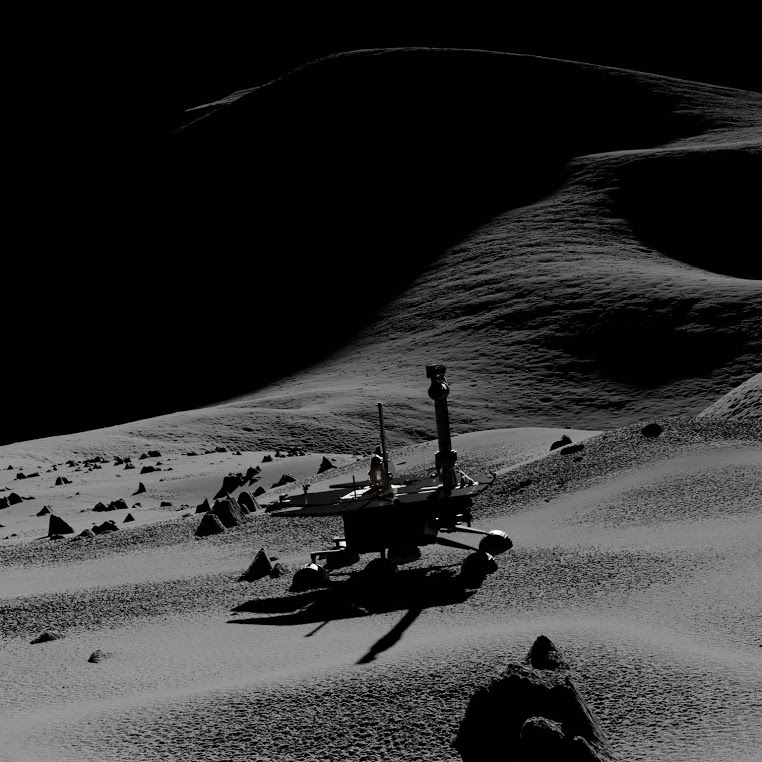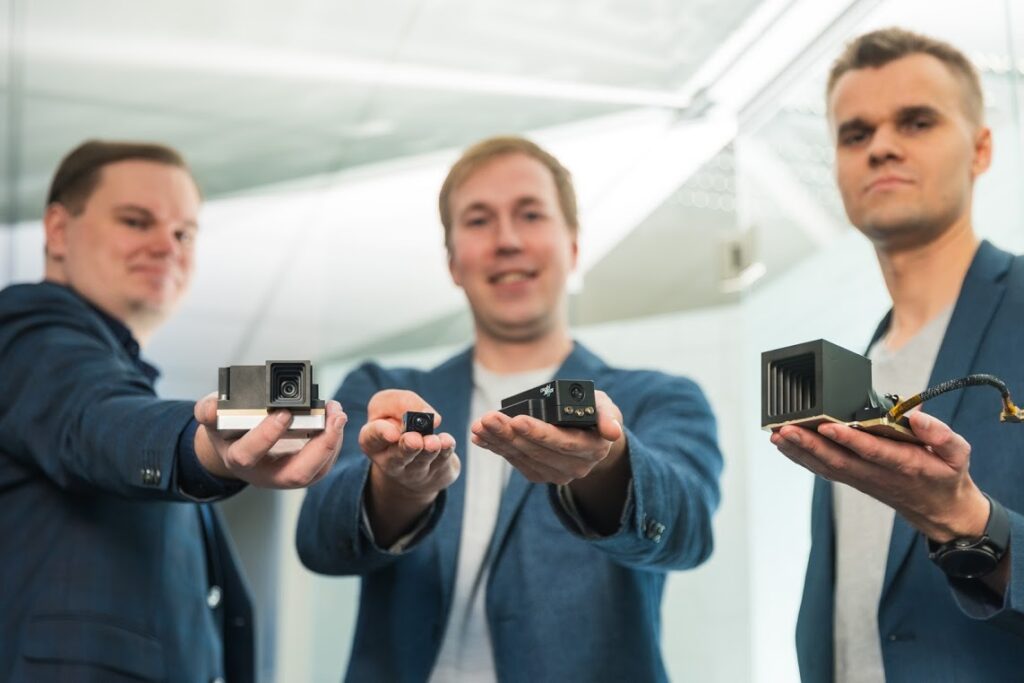Estonian company Crystalspace, partnered with the Tartu Observatory of the University of Tartu and Krakul, an Estonian autonomous systems development company, has been selected to build two cameras that will act as a stereo pair to monitor the operations of a robotic arm that will collect regolith samples from the moon.
The cameras will be part of a robotic arm, developed by Maxar Technologies, an earth intelligence and space infrastructure company. Its SAMPLR robotic arm will be the first United States-provided robotic arm operated on the surface of the moon since the Surveyor missions more than 50 years ago.

SAMPLR is one of 12 externally-developed payloads that NASA selected in 2019 as part of the commercial lunar payload services project, which allows rapid acquisition of lunar delivery services for payloads like SAMPLR that advance capabilities for science, exploration or commercial development of the moon, Crystalspace said in a statement.
Extreme conditions
The two cameras built for the lunar mission will need to withstand extreme conditions. “During take-off and the entire mission, the cameras will be subjected to extreme conditions and temperatures from -173 to +100 degrees Celsius that occur on the moon. We are proud to provide our profound knowledge and experience with satellite camera systems to Maxar’s SAMPLR arm,” Jaan Viru, the founder of Crystalspace, asserted.

Estonia became a space nation with a human-made object in space when the nanosatellite ESTCube-1 reached orbit in 2013. “Most of our current project team were among the core developers of the ESTCube-1 Cubesat mission and we have developed payloads for multiple satellites that are orbiting the Earth. We are now most excited to combine our years of experience with space cameras to deliver a stereo camera system that will enable the exploration of the Earth’s moon,” Viru said.
Spacetech
Crystalspace will develop the camera solution together with the Tartu Observatory of the University of Tartu and the Estonian IoT and autonomous systems development company Krakul. Crystalspace will deliver system integration and the design and optics of the camera in cooperation with the Tartu Observatory. The cameras will be tested in the laboratories at the Tartu Observatory. Krakul will design the electronics and embedded software for the stereo cameras.
Crystalspace was founded by two of the core developers team of the University of Tartu ESTCube-1 CubeSat mission. The company specialises in the designing and production of nanosatellite parts. Krakul is an Estonian IoT and autonomous systems development company.
Cover: Mihkel Pajusalu (associate professor in space technology, University of Tartu), Jaan Viru (founder and CTO of Crystalspace), Jaan Hendrik Murumets (CEO of Krakul) holding the previous space camera models. Photo by Arno Mikkor.

